Guide On How To Re-Point The Chimney
Chimney re-pointing is the process of removing old mortar and applying a new ones. The process is necessary when your mortar joints crumble, crack or fail. The major factors that bring about the cracks are aging and exposure of the chimney to freeze-thaw weather patterns.
How to re-point the chimney
You should start by determining the type of mortar that you need for your work. There are two main types of mortar that you can go with: lime-based and Portland. If you aren’t sure of the right one to go for, you should send a small portion of the mortar to a reputable chimney contractor who will tell you the exact mix that you need. He/she will also recommend for you the right sand that you should go for.
You should remove the old mortar using a hand-held power masonry grinder. For ideal results you should set the blade to a depth of ¾ inch. You should move it along the mortar joints and begin on the damaged or loose joints.
You should remove the debris using a stiff-bristled brush and use a garden hose to wet the area that you will be working on. For the mortar to cure at the right speed you should allow the water to soak into the bricks overnight.
The following morning you should mix the mortar according to the given instructions. You should ensure that you achieve a consistency of peanut butter and should cling to the trowel. Once you achieve the consistency that you want you should let the mortar set for about 15 minutes or until it gets skin on it. You should stir it one more time and it will be ready for use.
When ready you should put the mortar on a tuck point trowel and insert it into the horizontal joints that you are repairing. You should keep adding mortar until all the joints are full. To have ideal results you should scrape the excess mortar off the brick.
For the mortar to stick you should mist the wall daily for three days. To prevent the mortar from drying too quickly you should cover it with a tarp.
Conclusion
These are tips on how to re-point the chimney. If you have chimney masonry skills you can go ahead and re-point your chimney; however, if you don’t have the skills you should hire the services of a chimney masonry expert to do the work for you.
The post Blog first appeared on First Class Chimney Services.
This post first appeared on https://www.firstclasschimneyservices.com

 er been used, it will also pull down odor from the residue inside. We now also have other mechanical influences to contend with. A big fancy kitchen range hood sounds like a great idea, but you might be in for a smokey surprise if you run it when you’re having a fire. This also happens to fireplaces that may never have had an issue with draft before. It’s usually a combination of upgrades throughout the home that can contribute to a reverse draft. Luckily, there are solutions available for those who experience this pesky problem.
er been used, it will also pull down odor from the residue inside. We now also have other mechanical influences to contend with. A big fancy kitchen range hood sounds like a great idea, but you might be in for a smokey surprise if you run it when you’re having a fire. This also happens to fireplaces that may never have had an issue with draft before. It’s usually a combination of upgrades throughout the home that can contribute to a reverse draft. Luckily, there are solutions available for those who experience this pesky problem.
 us. Calling now can get you in queue with an early Spring repair as soon as the weather allows.
us. Calling now can get you in queue with an early Spring repair as soon as the weather allows. How are Wintertime Masonry Repairs Possible?
How are Wintertime Masonry Repairs Possible? How to Avoid Chimney Repairs in Winter
How to Avoid Chimney Repairs in Winter
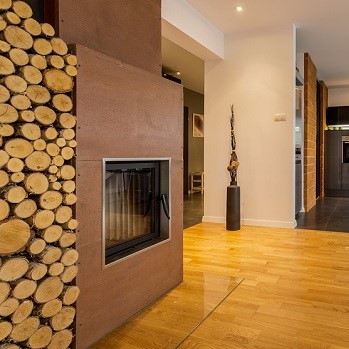 Installing a new
Installing a new 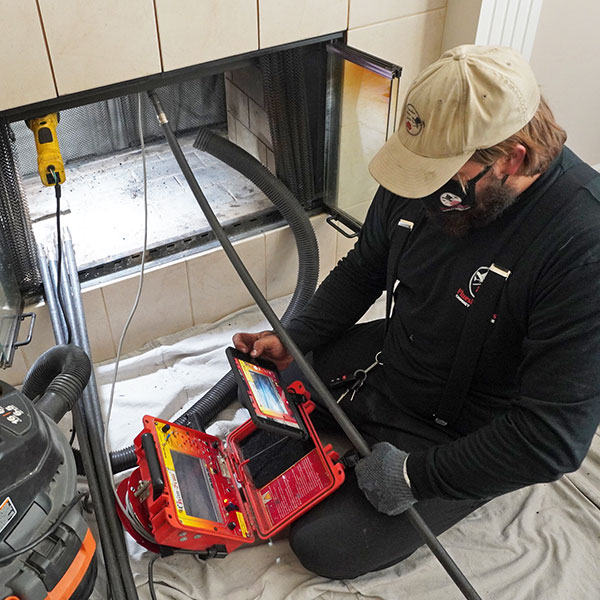 Not cleaned and inspected regularly
Not cleaned and inspected regularly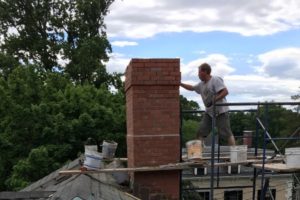 When a chimney is beginning to deteriorate but the bricks are still in good condition, chimney repointing may be the best solution. Chimney repointing is when we partially grind out the mortar joints between the bricks of a chimney and fill them in again with new mortar. Since the brick is still in great shape, replacing the mortar can give a chimney new life. Some people confuse chimney repointing with chimney rebuilding.
When a chimney is beginning to deteriorate but the bricks are still in good condition, chimney repointing may be the best solution. Chimney repointing is when we partially grind out the mortar joints between the bricks of a chimney and fill them in again with new mortar. Since the brick is still in great shape, replacing the mortar can give a chimney new life. Some people confuse chimney repointing with chimney rebuilding. 

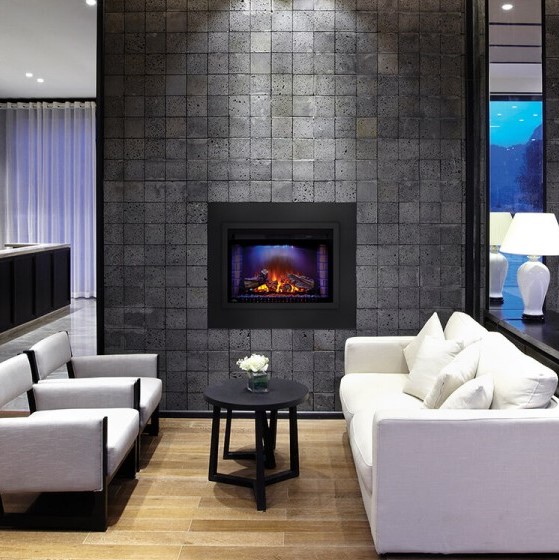 Rental property landlords need to regularly maintain and update their properties to remain competitive and maximize rental income. Like wood flooring and stainless-steel appliances,
Rental property landlords need to regularly maintain and update their properties to remain competitive and maximize rental income. Like wood flooring and stainless-steel appliances, 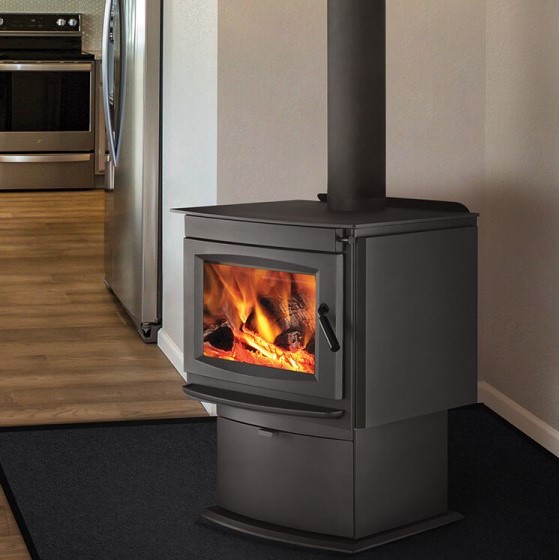 Rental Agreement
Rental Agreement